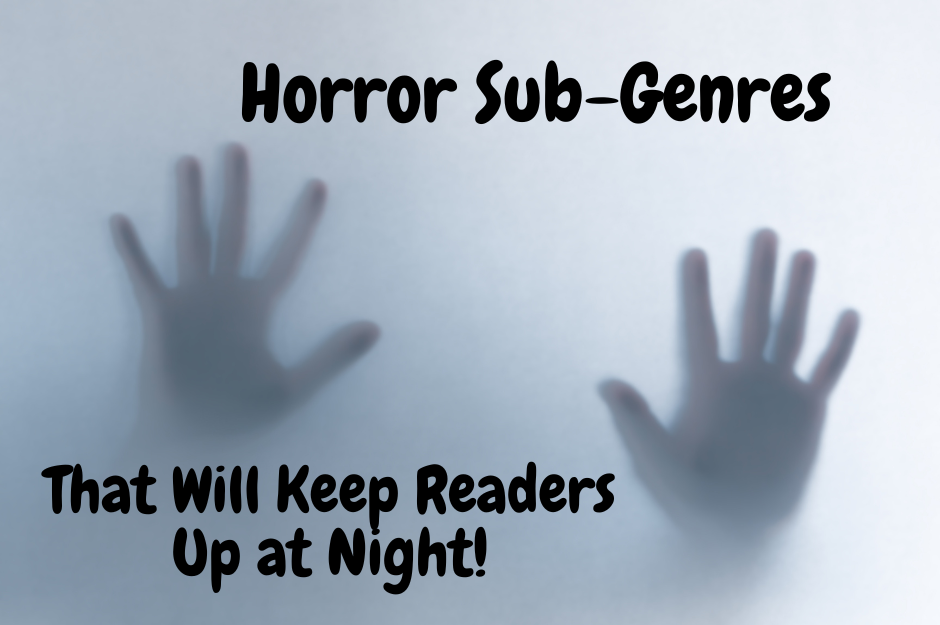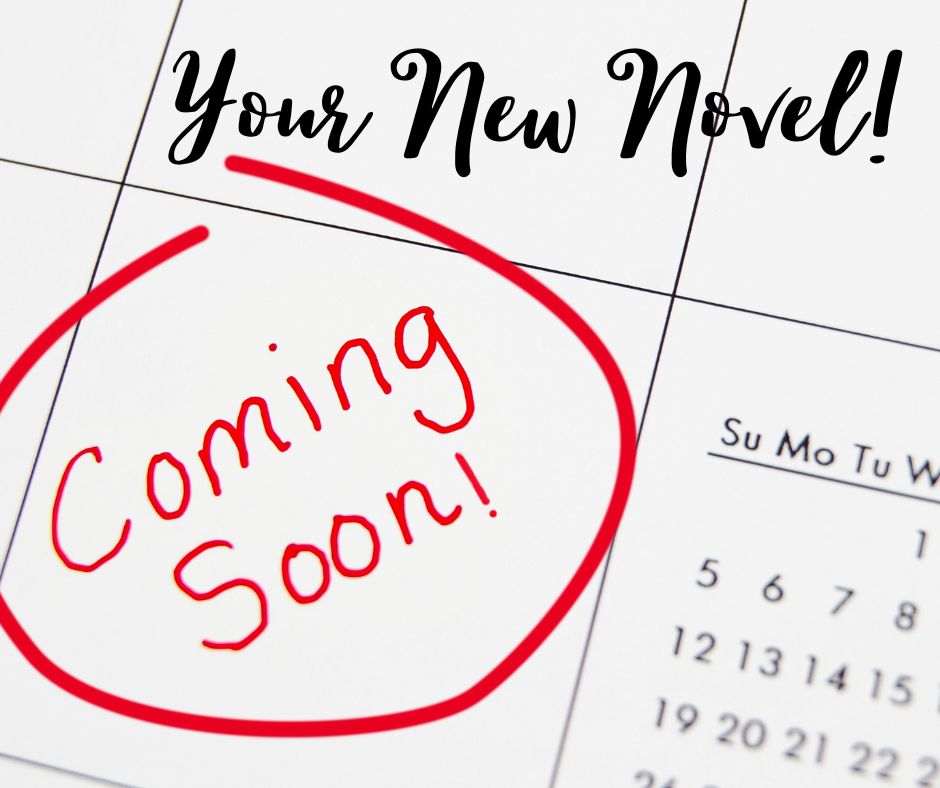|
Listen to or download this article:
|

Into every writer’s life problems rear their snaggley heads.
At times we lapse into dullness, we lean on crutch words, we make typos and gaffs. We write with clichés.
Our plots wander, our characters confuse, and our endings fall flat.
Because writing is hard. Yep.
And writers are at a natural disadvantage because we use computers and the familiarity of our words on the screen breeds a kind of blindness. Sometimes the more often you read your own words, the less you’re able to identify their strengths and weaknesses.
With that in mind, I want to call your attention to a simple technique in writing fiction:
Using characters’ eyes to reveal emotion and meaning.
This is a reminder to pay more attention to how your characters look, stare, and express emotions. If eyes are the windows to the soul, then match your characters’ expressions to the exact emotion or reaction needed. – Jessica Morrell
Here are some suggestions for getting your characters’ eyes to reveal emotion and meaning:
- Figure out your crutch phrases and go-to moves. A few that appear too often are eyes widening, teary eyed, blank stares, blurred vision, stared straight ahead, watched like a hawk, she looked him straight in the eye, eyes darting, piercing stares, blinking back tears, eyes narrowing, smoldering looks, deep-set eyes, and steely-eyed. Avoid also cliched colors like baby blue, emerald, and chocolate.
- Make certain that the character’s eyes are appropriate to the scene. Too often characters gaze down at the floor or at their hands. Now, these gestures typically indicate discomfort or avoidance, but sometimes writers just sow them into a scene when that’s not the intended effect.
- Don’t. Feature. All. Your. Characters. Reacting. The. Same. Way.
- Avoid strangeness and viewpoint slips such as His eyes smiled at me or Her face fought against tears. Three words to keep in mind – POINT OF VIEW.
- Ditch the hobbit staring. Hobbit staring is a term I learned from a movie buff friend. He coined it from the Lord of the Rings films when the camera lingers too long on stares between two characters as if that demonstrates some deep meaning or message. Because often it does not. We’ve all seen this in films. Imagine how this will have your readers skimming the pages.
- If you’ve watched the delightful and deservedly popular series The Queens Gambit you’ll notice characters staring at each other a lot. Because it’s appropriate.

THE QUEEN’S GAMBIT (L to R) MATTHEW DENNIS LEWIS as MATT and ANYA TAYLOR-JOY as BETH HARMON in episode 102 of THE QUEEN’S GAMBIT Cr. PHIL BRAY/NETFLIX © 2020
Because they’re seated a few feet across from each other in earnest and sometimes excruciating combat. Because they’re often trying to psych each other out. And the onlookers are staring intently at the board trying to guess the next moves of the two players.
- Question every tear. I sometimes ask writers to count every scene where a character ends up weeping, wet-eyed, or with tears leaking down wet cheeks. This request comes from noticing how weeping and sobbing are overused resulting in melodrama, excess sentimentality, or depicting a character as too emotional for her own good. And the good of the story. Too much weeping and the story gets soggy and dull. And please, just forget single tears. Please.
- Mix it up. Often a writer’s most used crutch words are look and see. However, in real life people gape, squint, spot, gander, gawk, ogle, stare, gaze, study, inspect, scan, scout, spy, study, inspect, notice, note, peek, peep, peer, and rubberneck.
- Expand your repertoire of descriptions: haunting, beckoning, steady, stormy, mocking, mournful, lifeless, sultry, goopy, teasing, pitiless, glassy.
- Stir in a little weirdness. Many people have mismatched eyes. Then there are droopy eyes, people with different colored eyes, bloodshot eyes, Rasputin eyes, lazy eyes, buggy eyes, one working eye, wandering eyes, piggy and close-set eyes.
- Study how and when successful authors use close-ups. If you never focus the camera lens on a character’s face during an emotionally-charged scene, then readers cannot enter the moment and feel what the characters are feeling.
- Study actors. Notice how their eyelids raise a bit to show interest or droop to indicate the lack of interest. Note how they leer, seduce, flash anger, hide their true feelings.
If you’re serious about writing, you must notice subtext and how to convey it. And that often begins with the eyes.
Keep writing, keep dreaming, have heart. Jessica
Jessica Morrell is a top-tier developmental editor and a contributor to Chanticleer Reviews Media and to the Writer’s Digest magazine. She teaches Master Writing Craft Classes along with sessions at the Chanticleer Authors Conference that is held annually along with teaching at Chanticleer writing workshops that are held throughout the year.
This year the CAC21 will be held virtually. Registration will include access to video recordings of the conference.
April 21- 25, 2021. Multichannel Marketing for Authors and Intermediate and Advanced Writing Craft
Chanticleer Editorial Services – when you are ready
Did you know that Chanticleer offers editorial services? We do and have been doing so since 2011.

Tools of the Editing Trade
Our professional editors are top-notch and are experts in the Chicago Manual of Style. They have and are working for the top publishing houses (TOR, McMillian, Thomas Mercer, Penguin Random House, Simon Schuster, etc.).
If you would like more information, we invite you to email Kiffer or Sharon at KBrown@ChantiReviews.com or SAnderson@ChantiReviews.com for more information, testimonials, and fees.
We work with a small number of exclusive clients who want to collaborate with our team of top-editors on an on-going basis. Contact us today!
Chanticleer Editorial Services also offers writing craft sessions and masterclasses. Sign up to find out where, when, and how sessions being held.
A great way to get started is with our manuscript evaluation service. Here are some handy links about this tried and true service: https://www.chantireviews.com/manuscript-reviews/
And we do editorial consultations. for $75. https://www.chantireviews.com/services/Editorial-Services-p85337185

Writer’s Toolbox














Leave A Comment